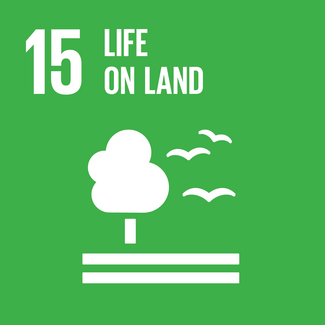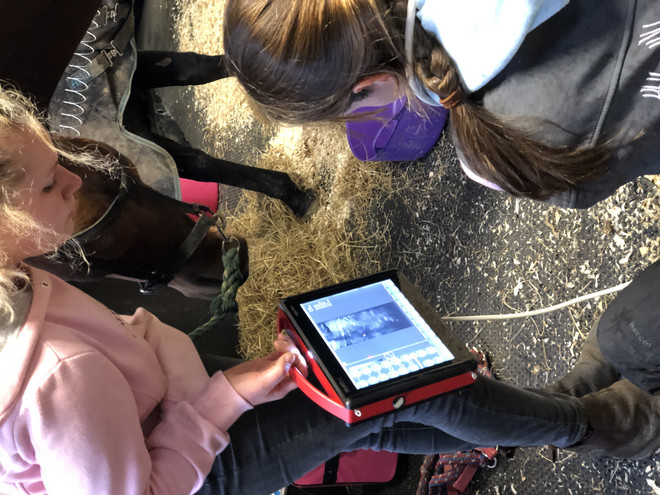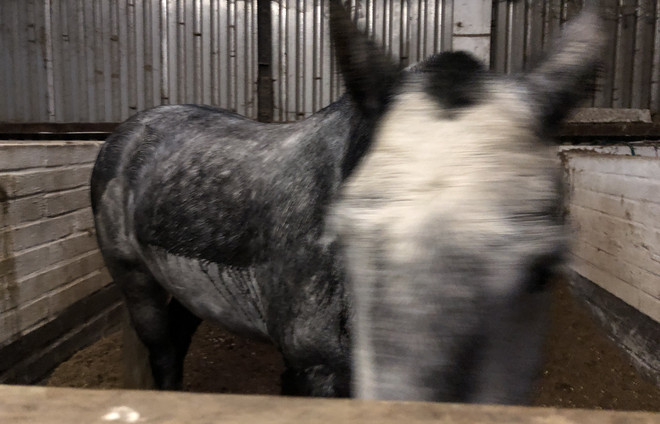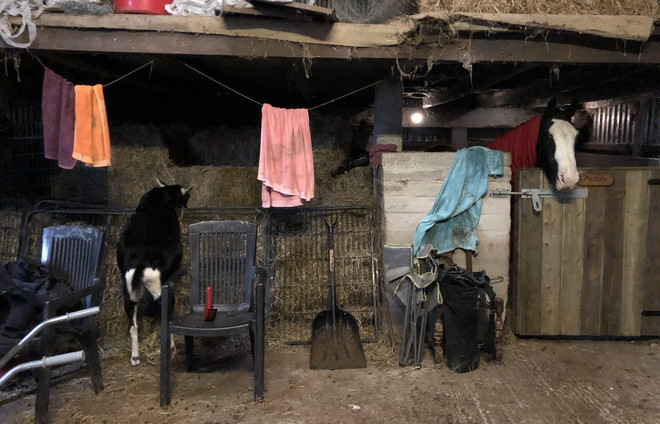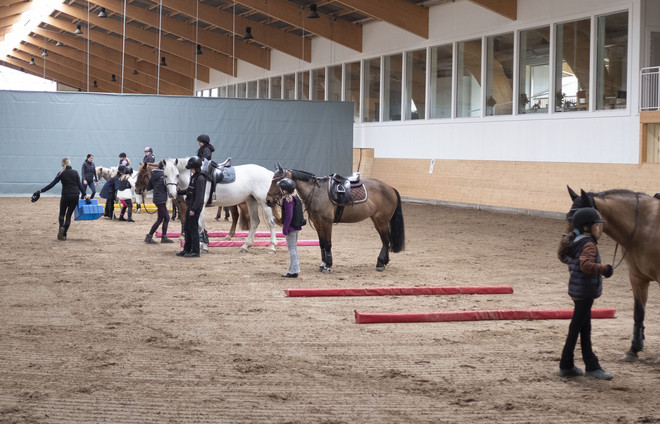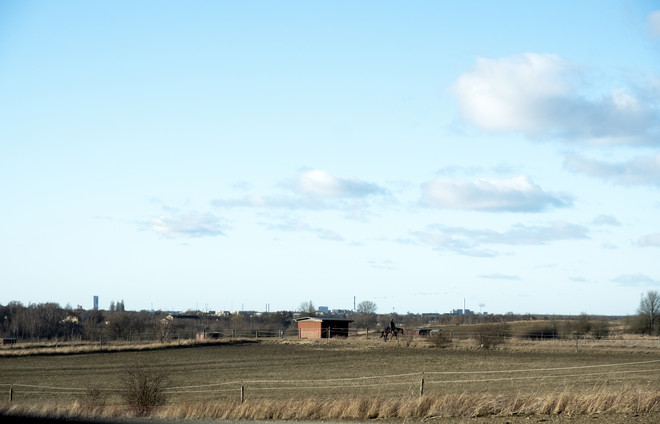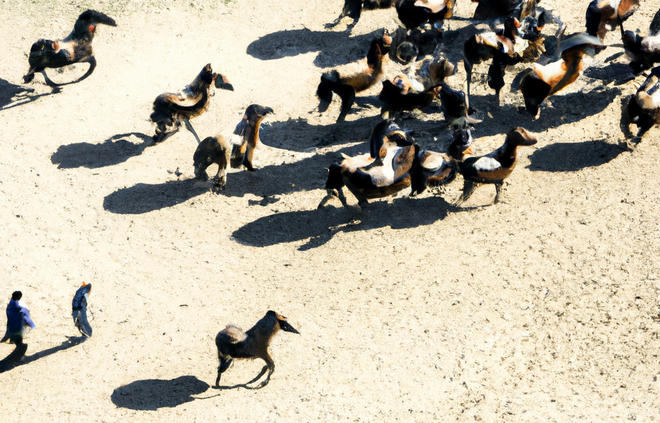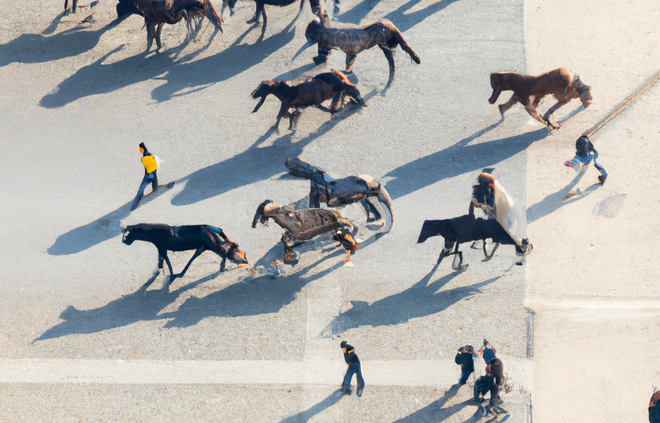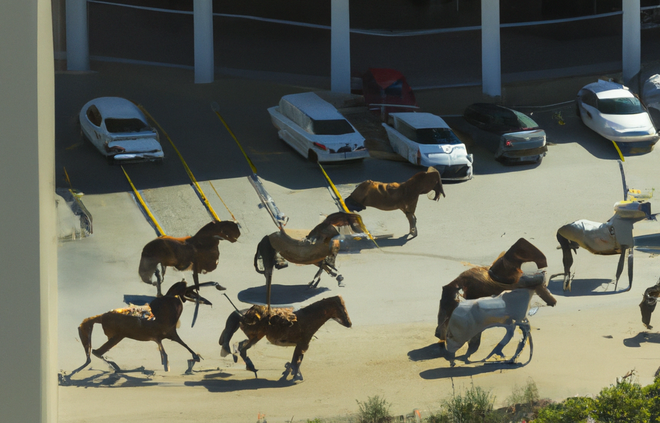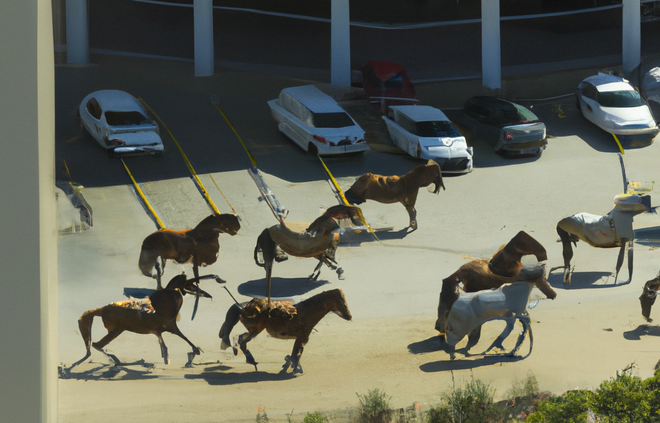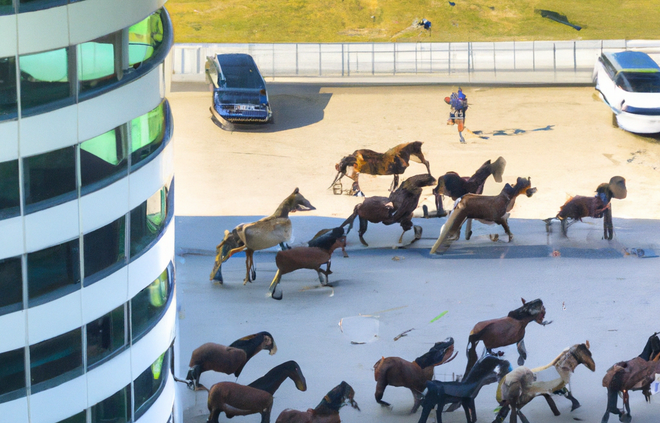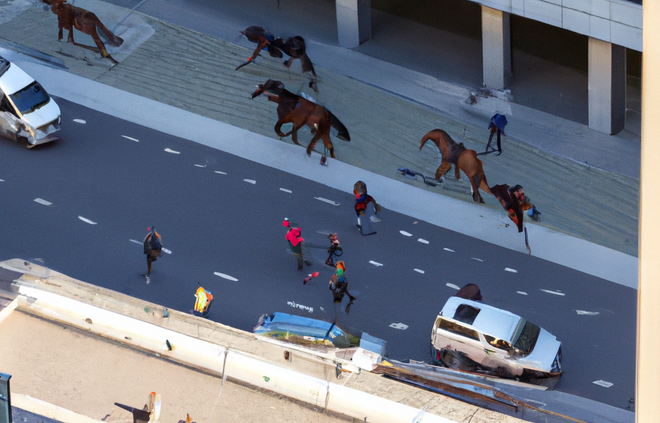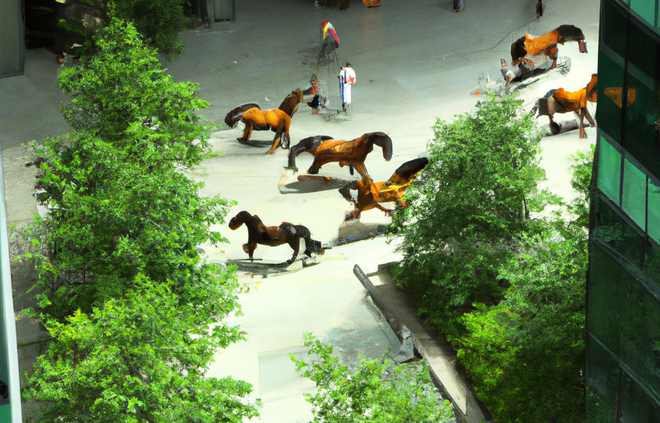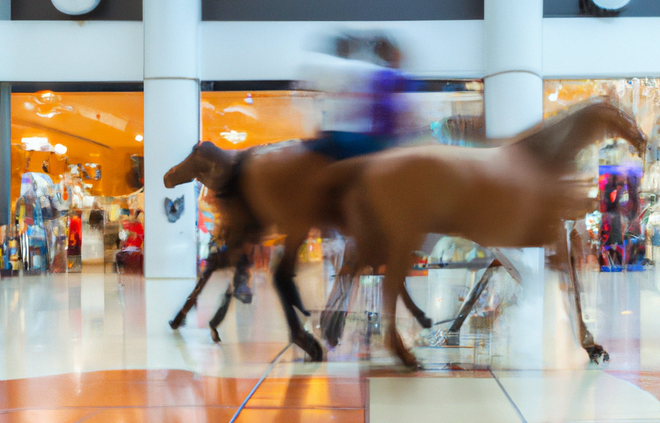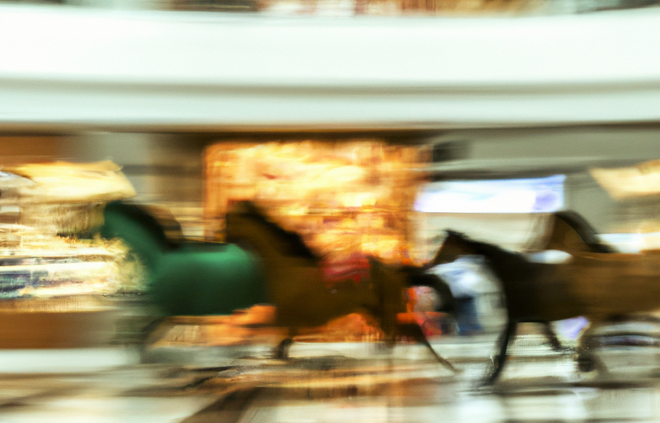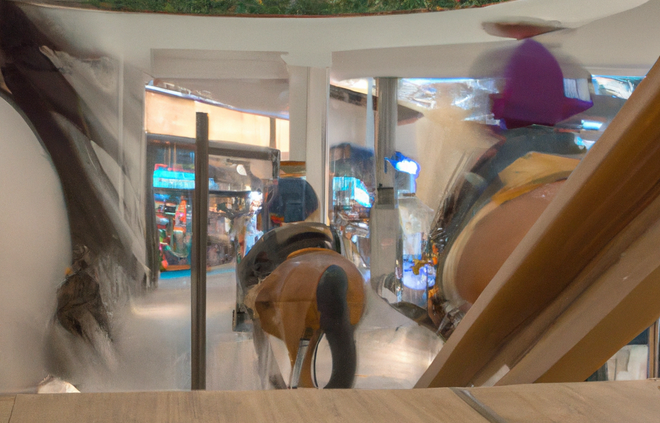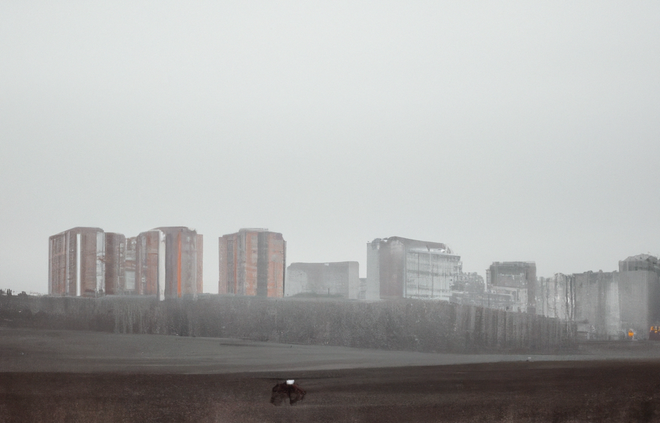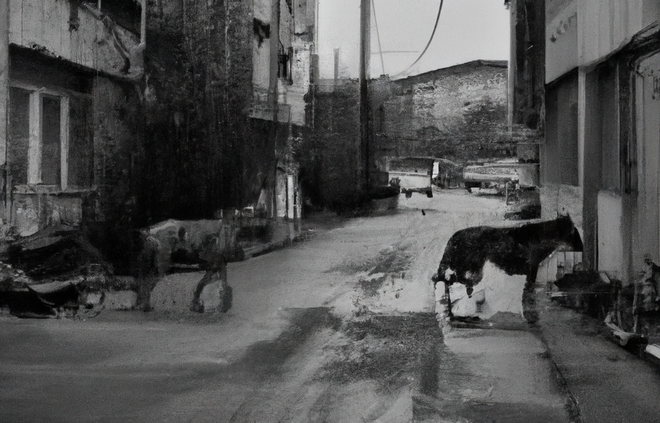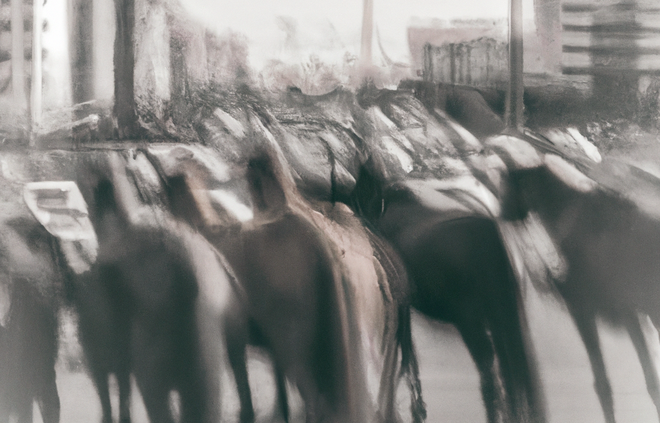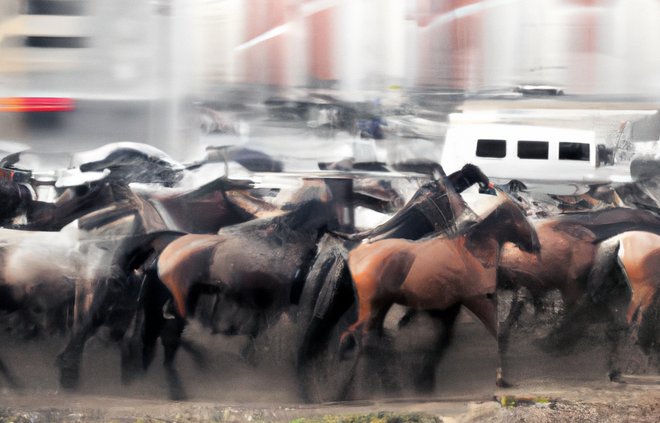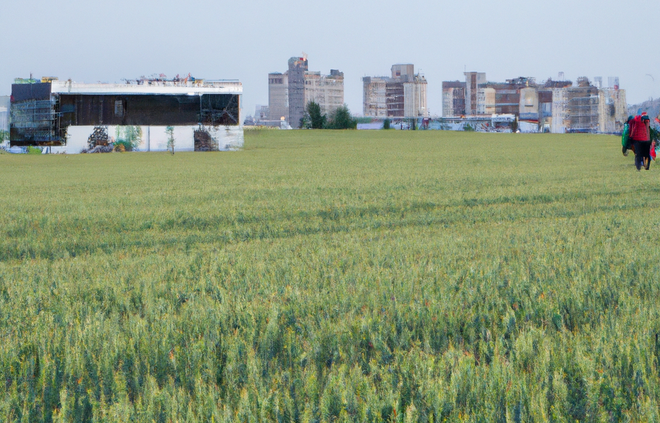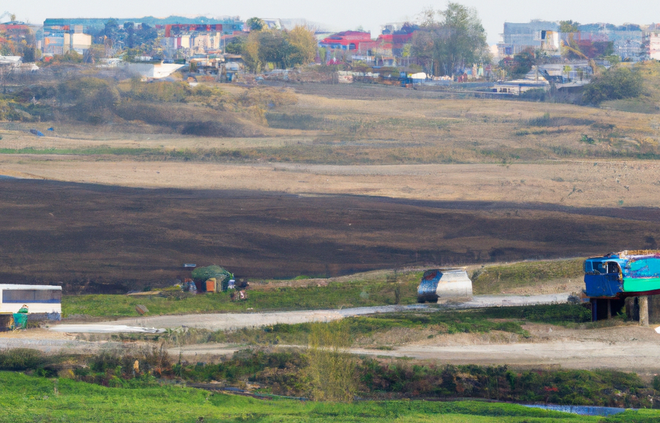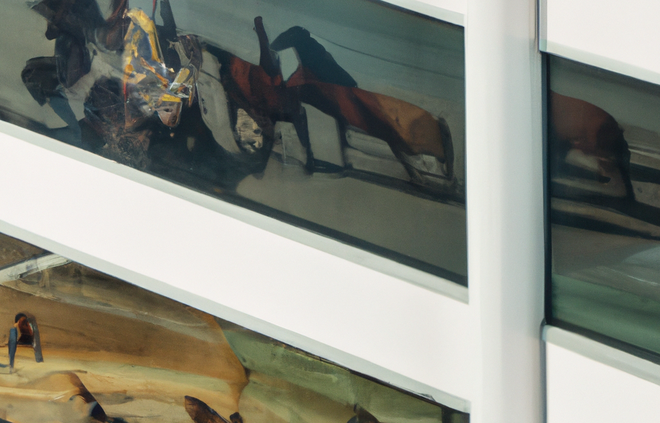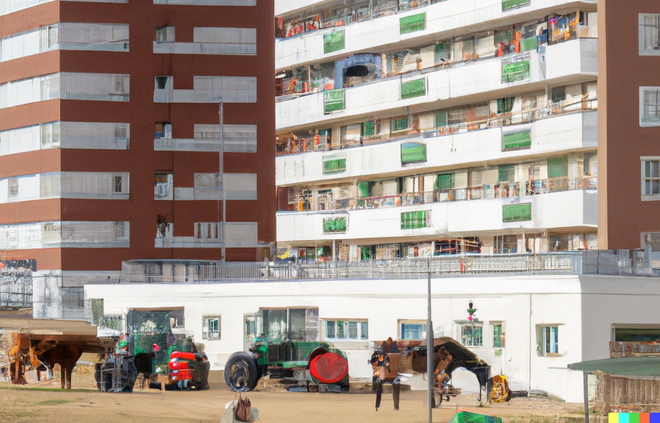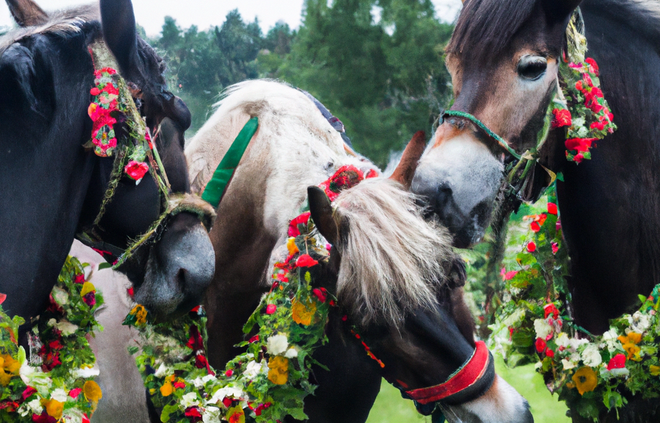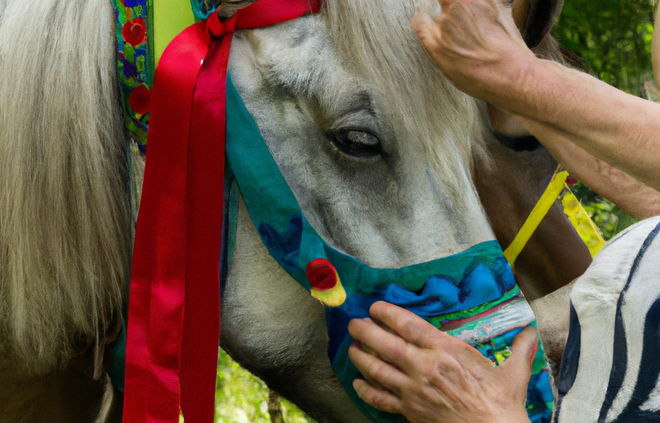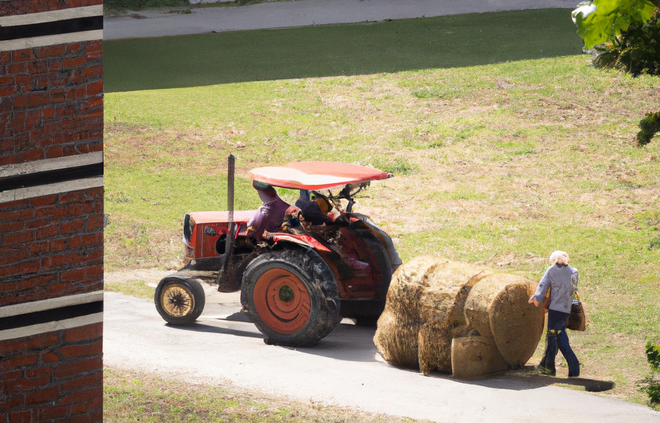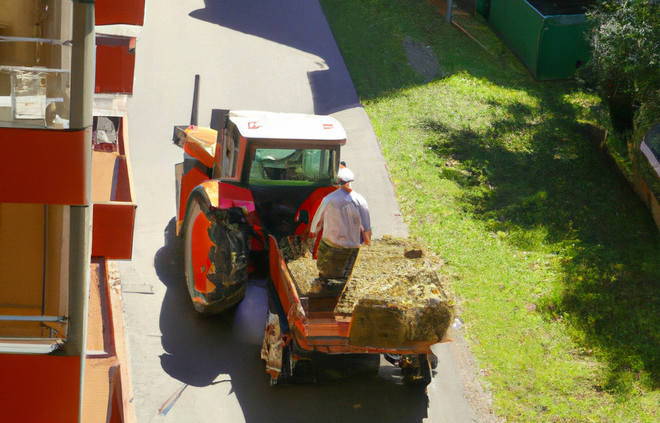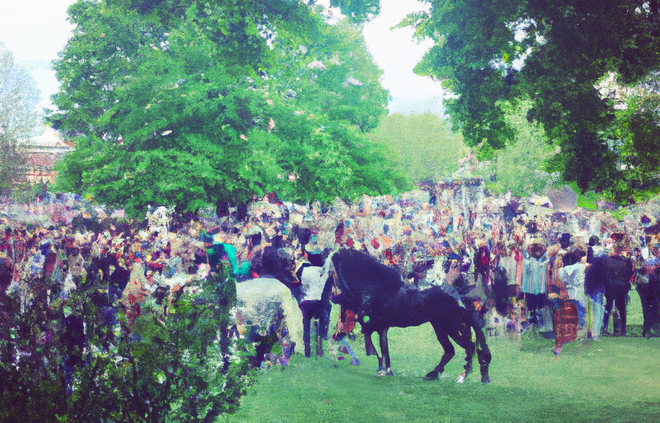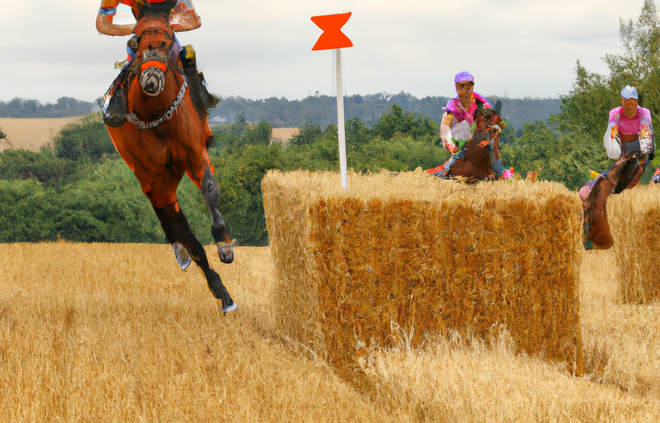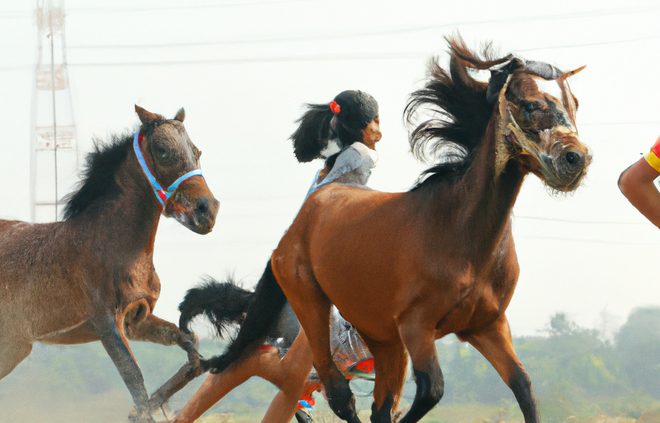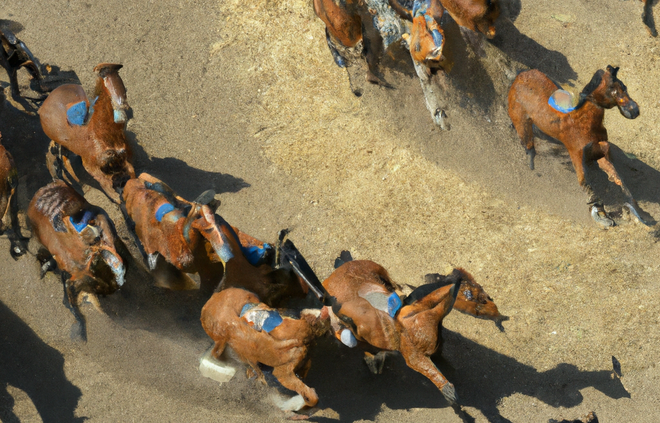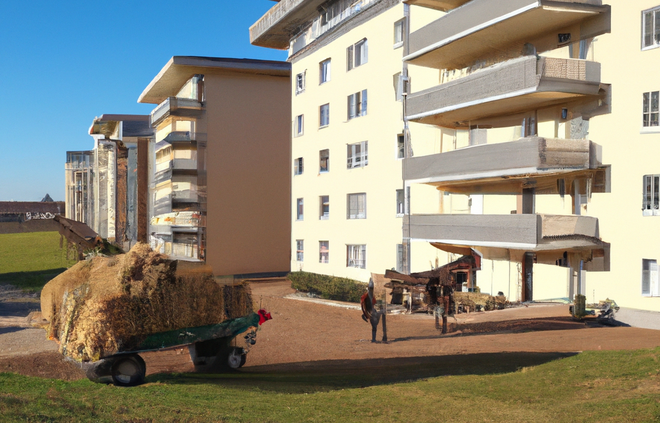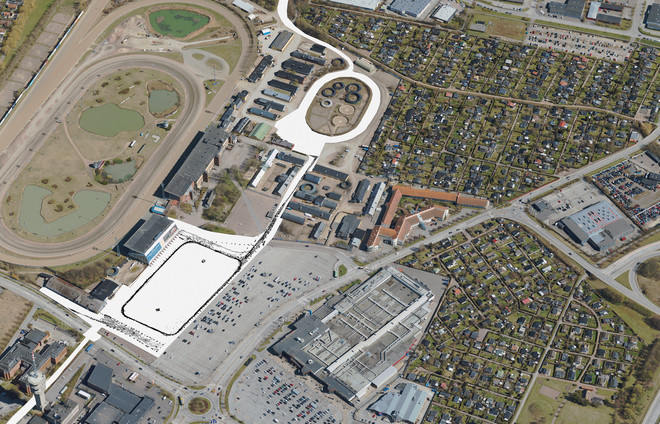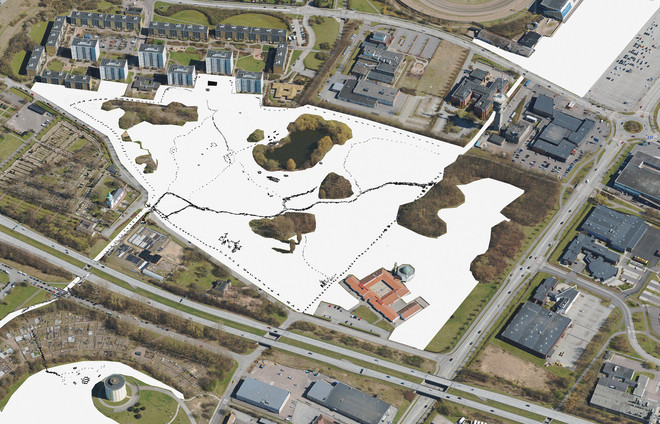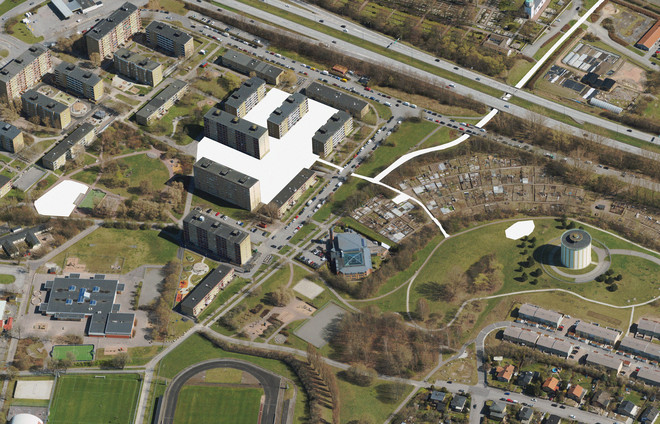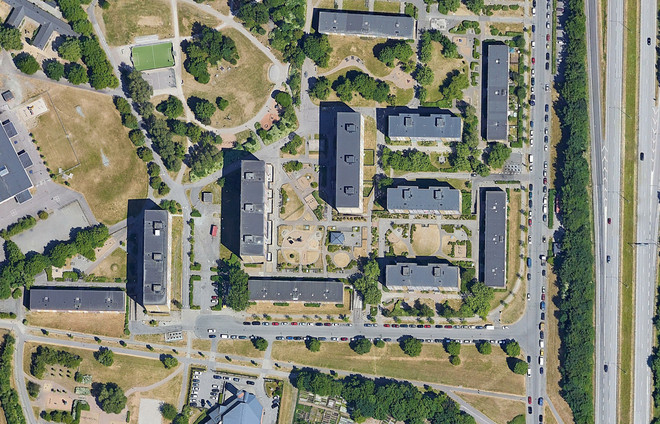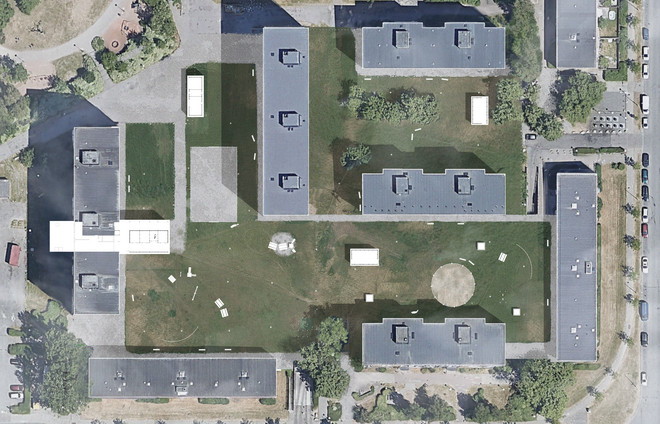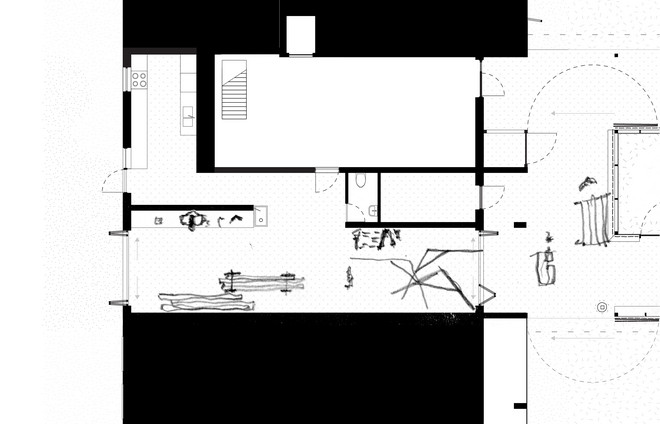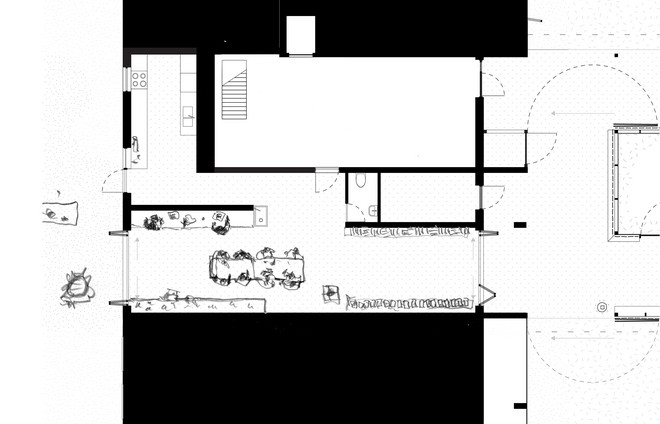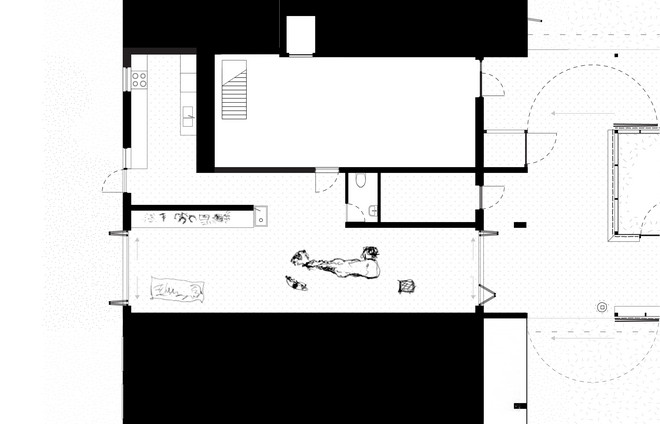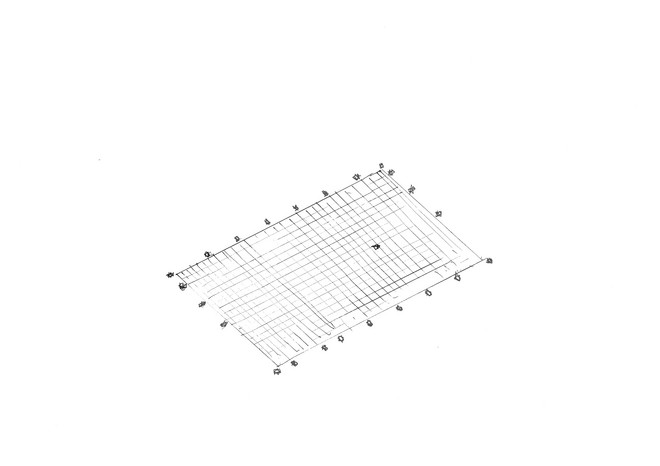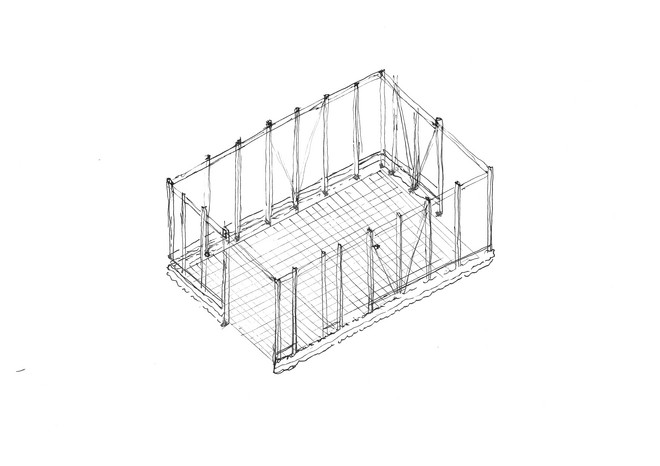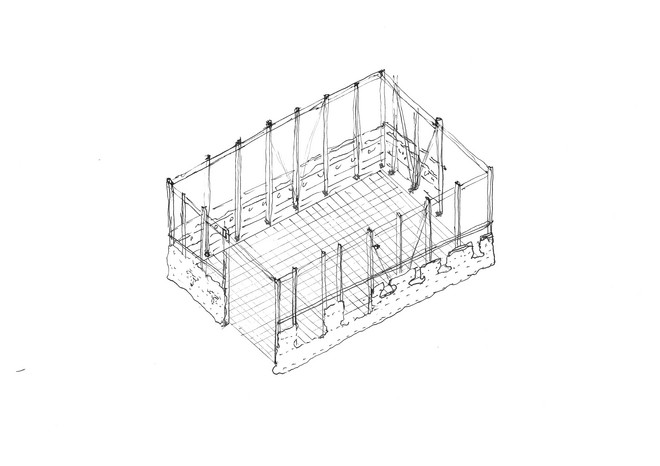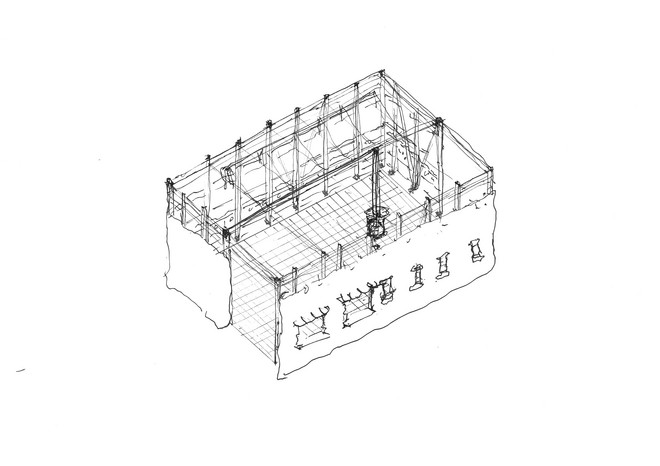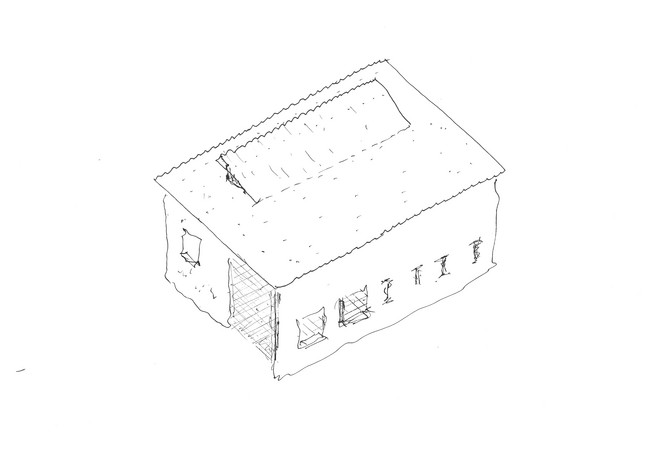

Horse - Human Cultures in Peripheral Landscapes
Periphery
To humans, peripheral vision is what occurs around the centre of where we focus our eyes. The human central and paracentral vision is 8 degrees of the 190 degrees field of vision that our two forward facing eyes together sees. The horse’s vision opposed to the human vision is panoramic, it almost circumvents the whole body of the horse with its two eyes placed on the side of its head. This vision enables the horses to keep track of multiple things at once, their peripheral vision detects movements at a 340-degree arc around their bodies.
At the periphery of the city, we find an assemblage of heterogeneous parts mixed together such as residential, industrial, commercial, agricultural programs co-existing along one another. As the city expands the skin of the city redevelops, the expansions and contractions create abrupt meetings and gaps of forgetfulness between the programs at the outskirts of urban life.
The periphery keeps the centre spinning, it gives place to the programs servicing the centre with goods and work. Oversized programs that do not fit the image of the centre find a place here. The programmatisation of the periphery often lacks locality, it structure depends on a car dominated world where goods and people travel to and from, this makes the spaces serve purposes other than the local context as it supplies the demands of elsewhere. The hegemonic narrative that dictates the structure of the city is important to acknowledge as we search for new narratives not yet told.
This project investigates a re-introduction of the horse in our suburban landscape. Working through a horse-human scale, the project develops strategies towards an urban coexistence of horses and humans, investigating the implications/possibilities this provides. The project contributes to the discussion on how we develop our cities and a perspective beyond the human.
Det Kongelige Akademi understøtter FN’s verdensmål
Siden 2017 har Det Kongelige Akademi arbejdet med FN’s verdensmål. Det afspejler sig i forskning, undervisning og afgangsprojekter. Dette projekt har forholdt sig til følgende FN-mål


